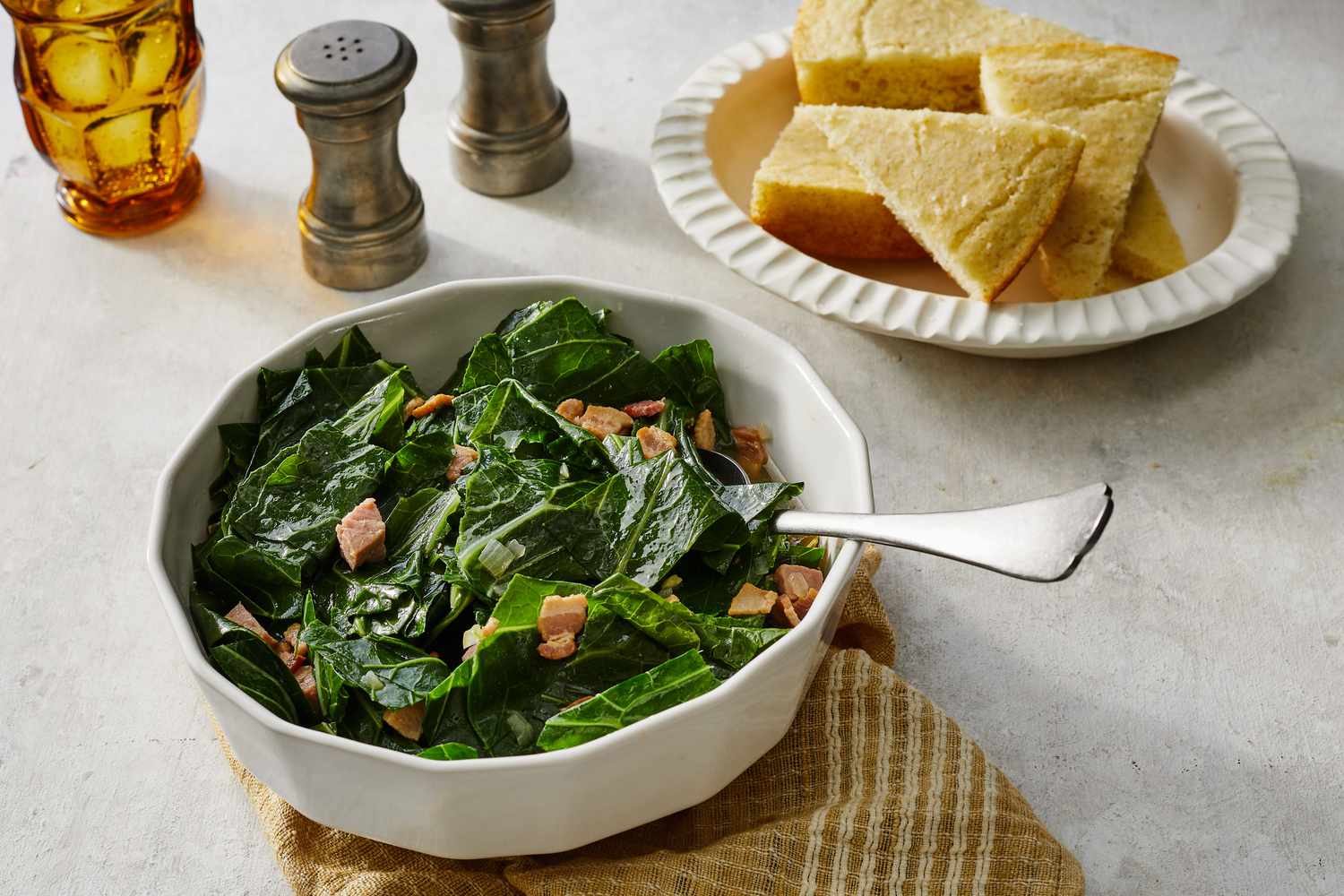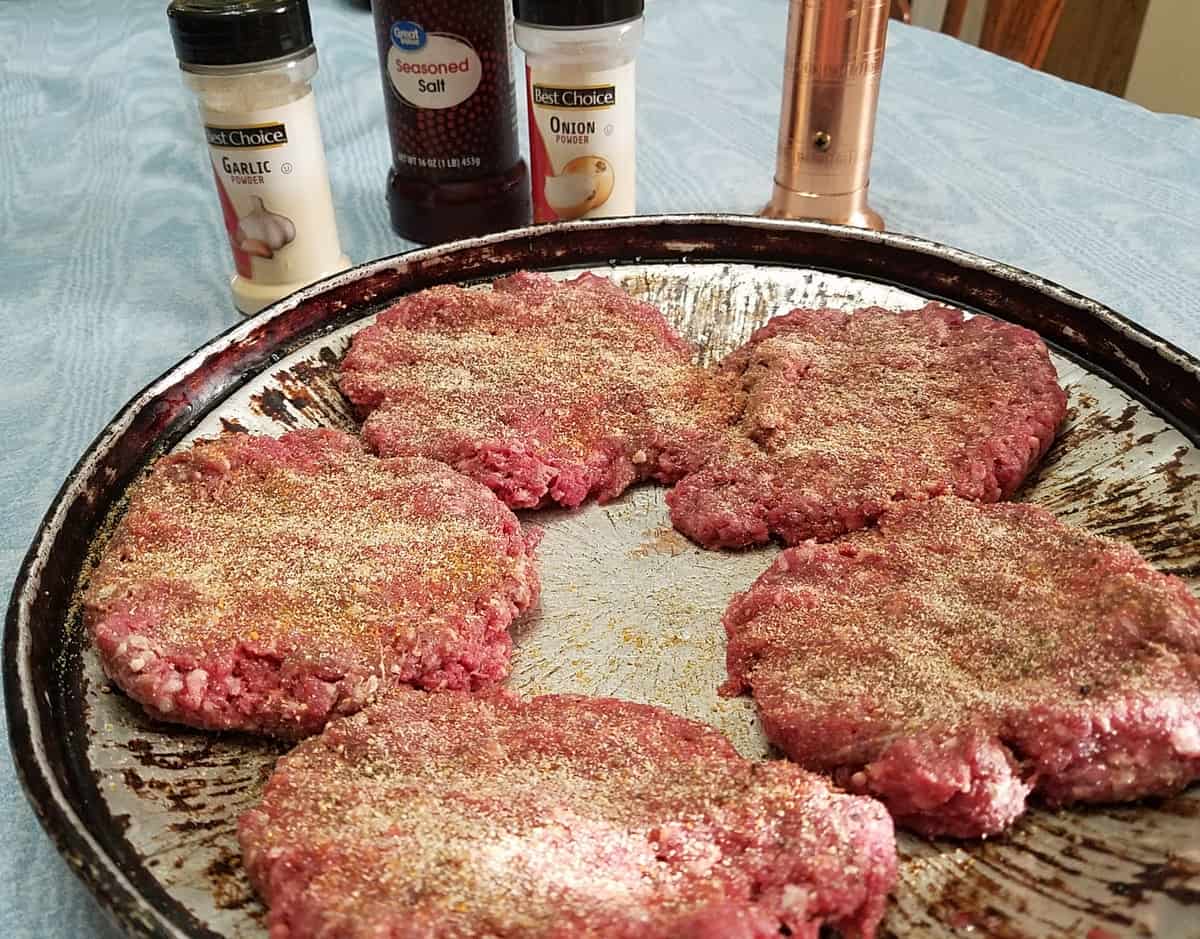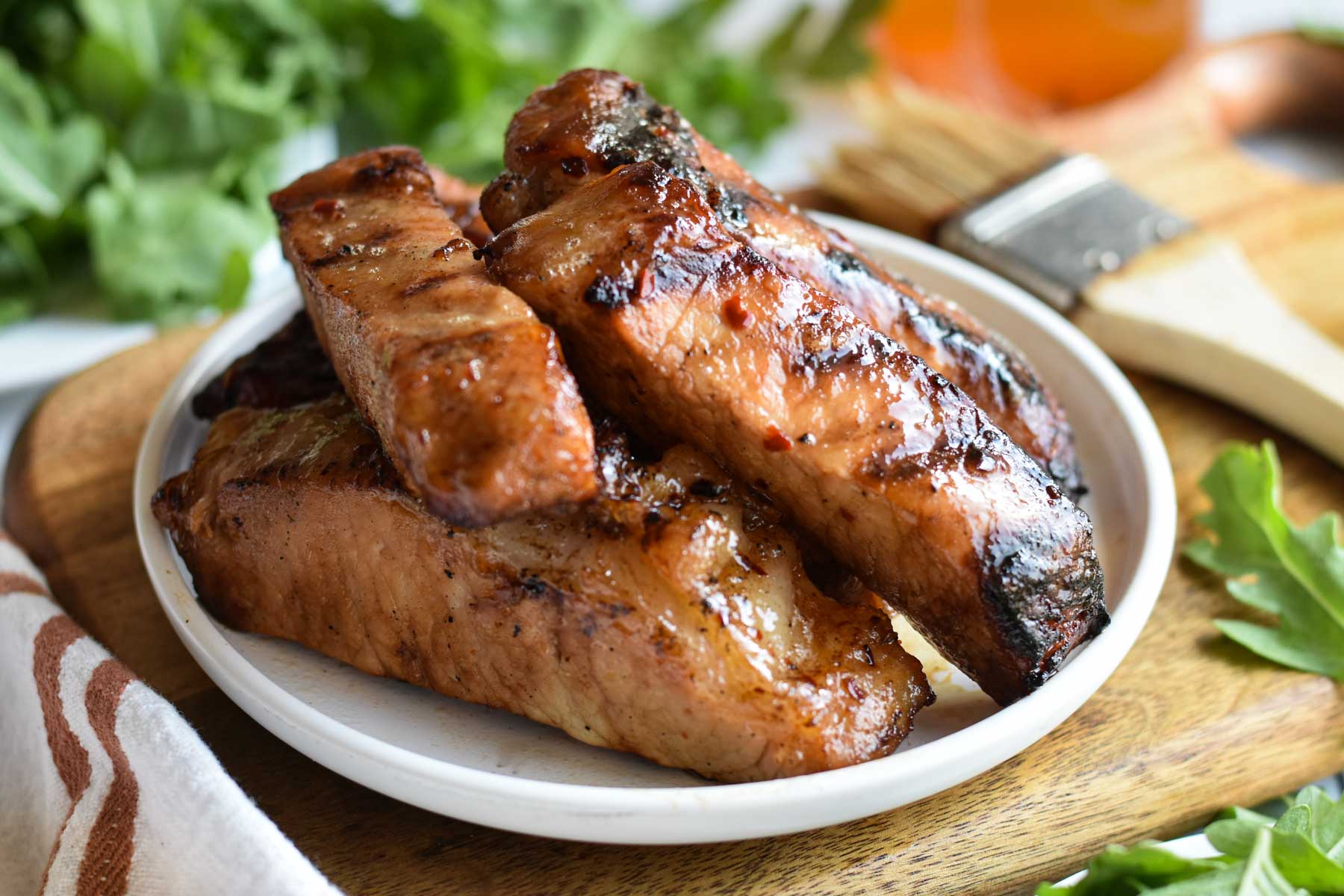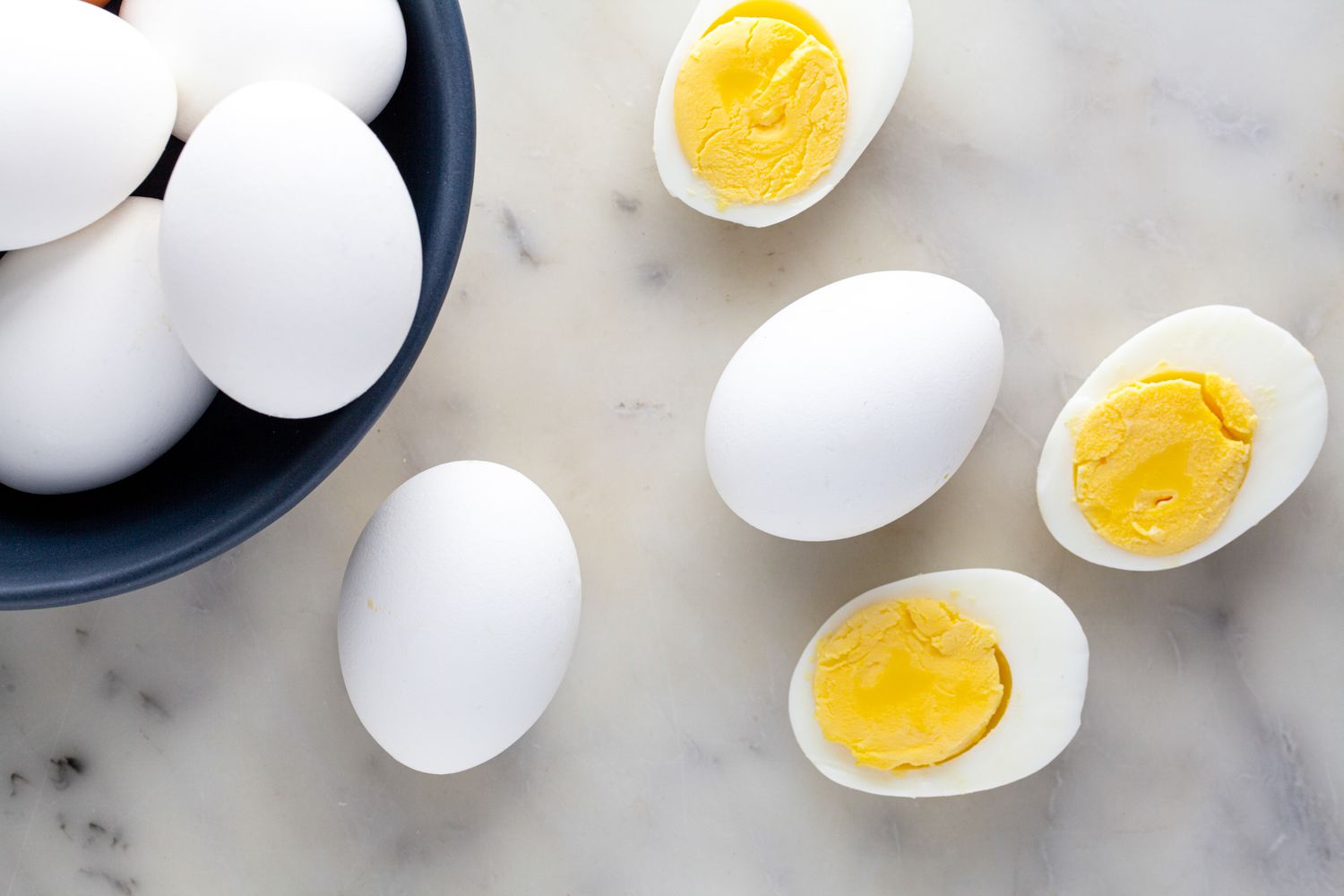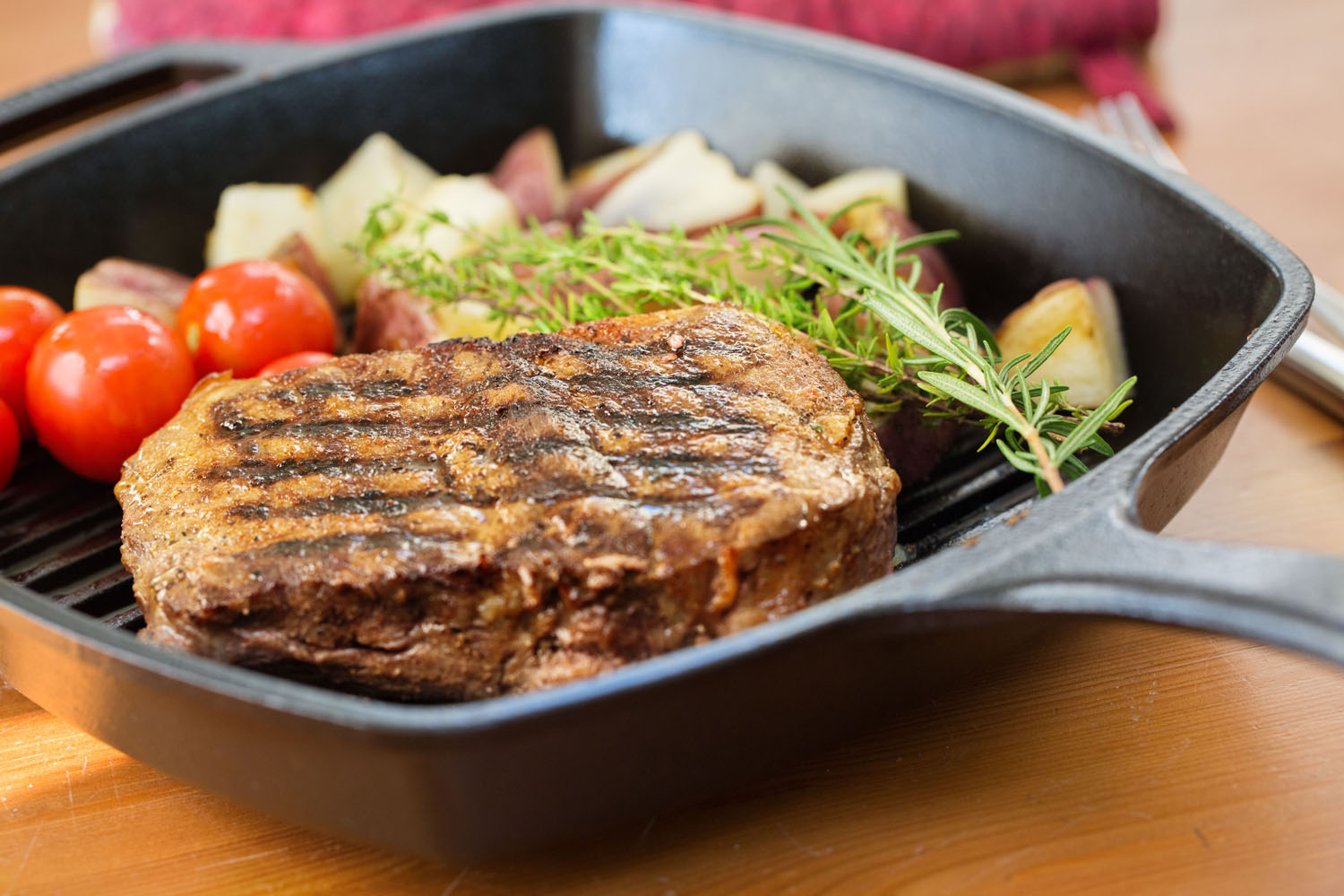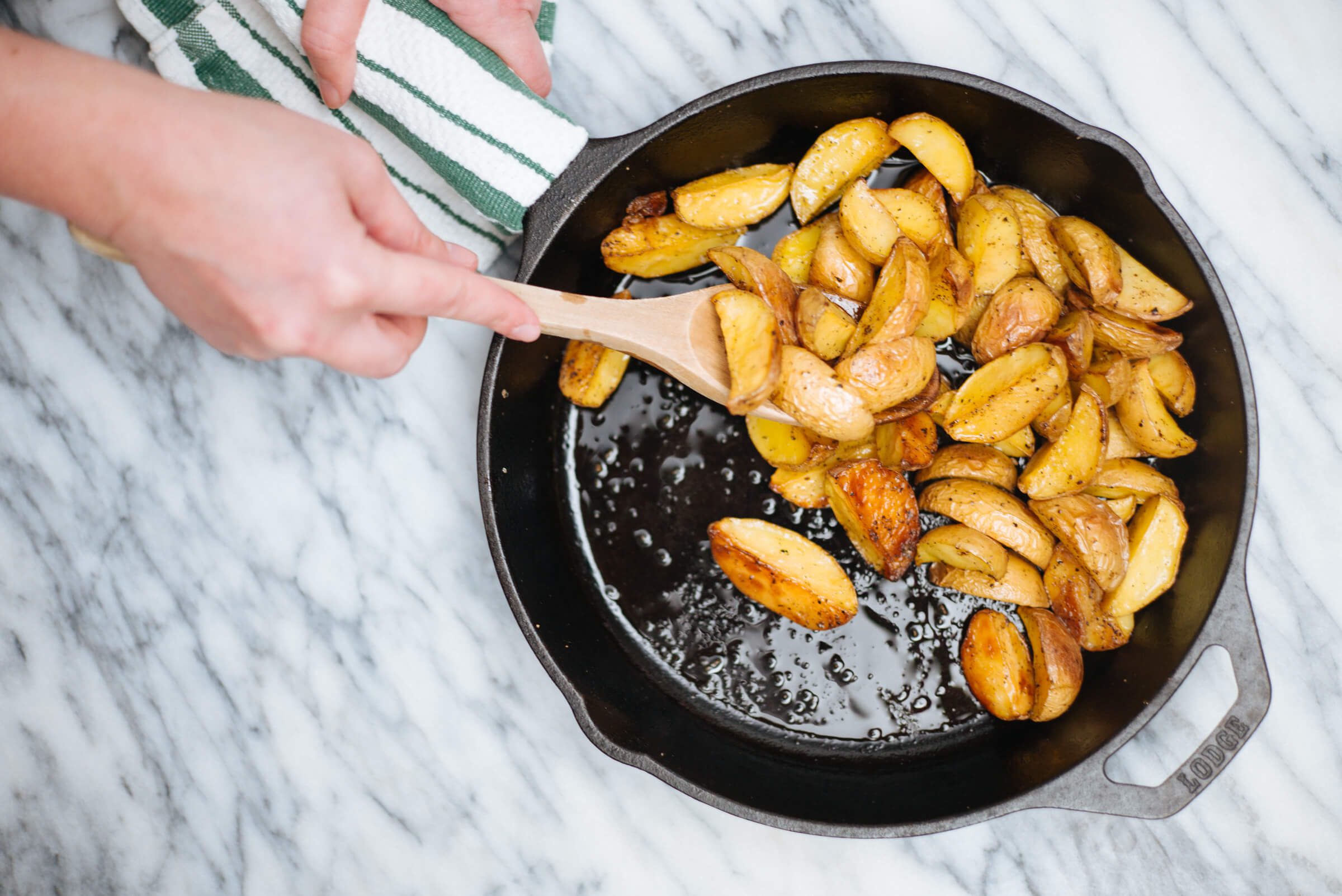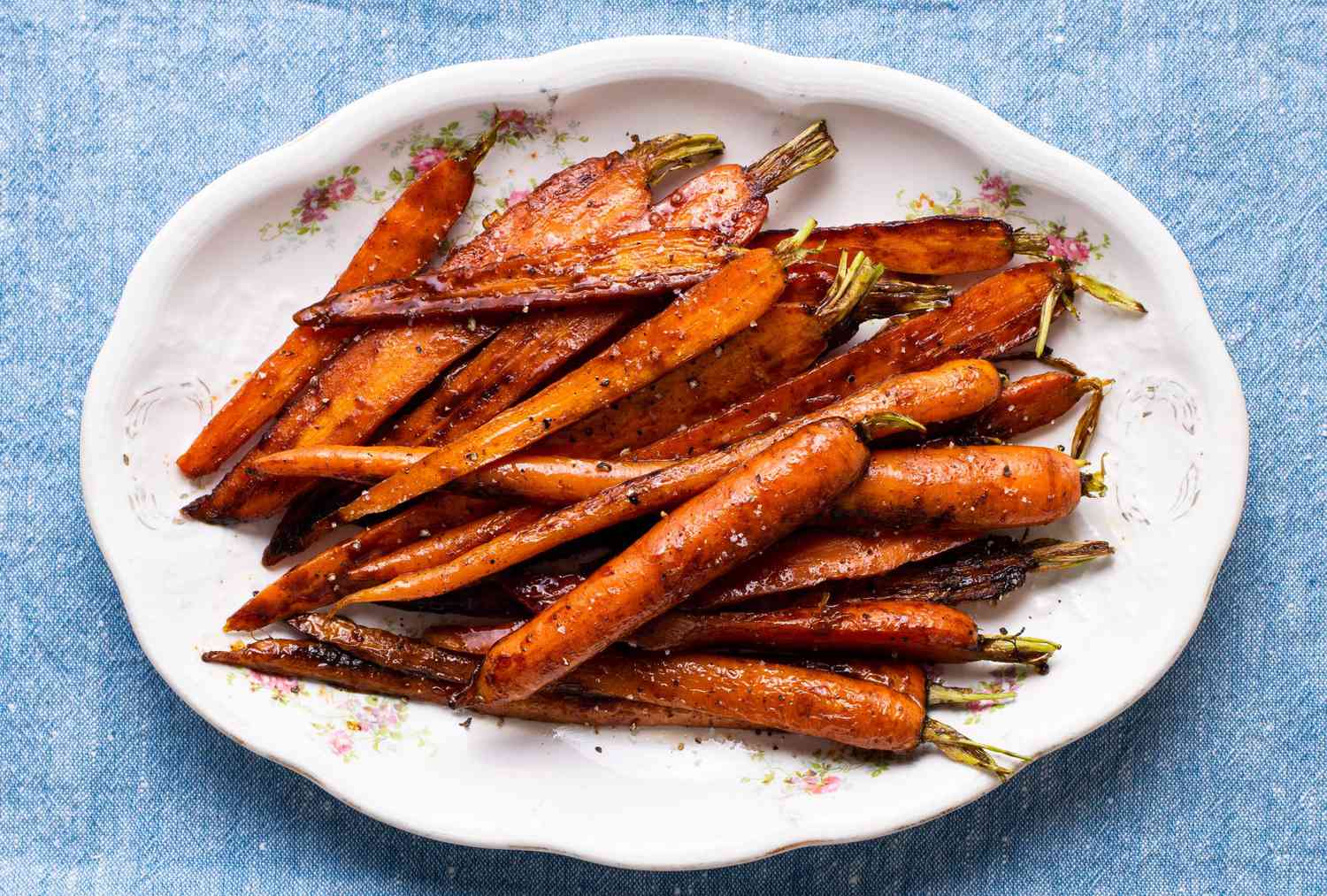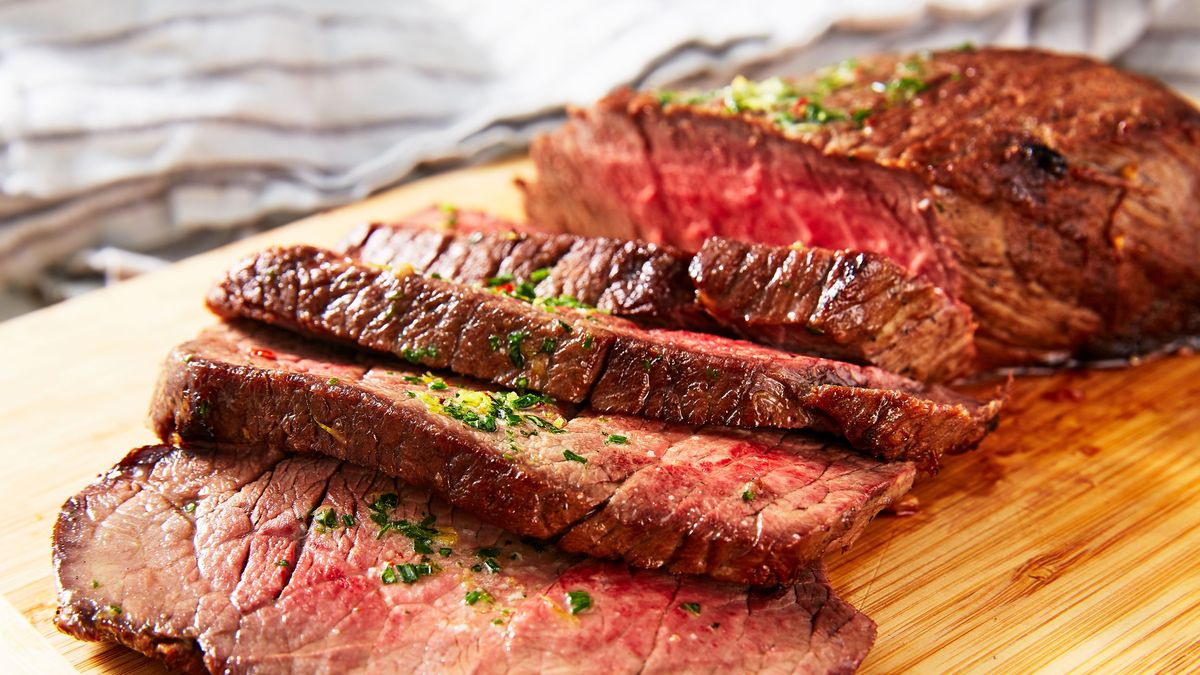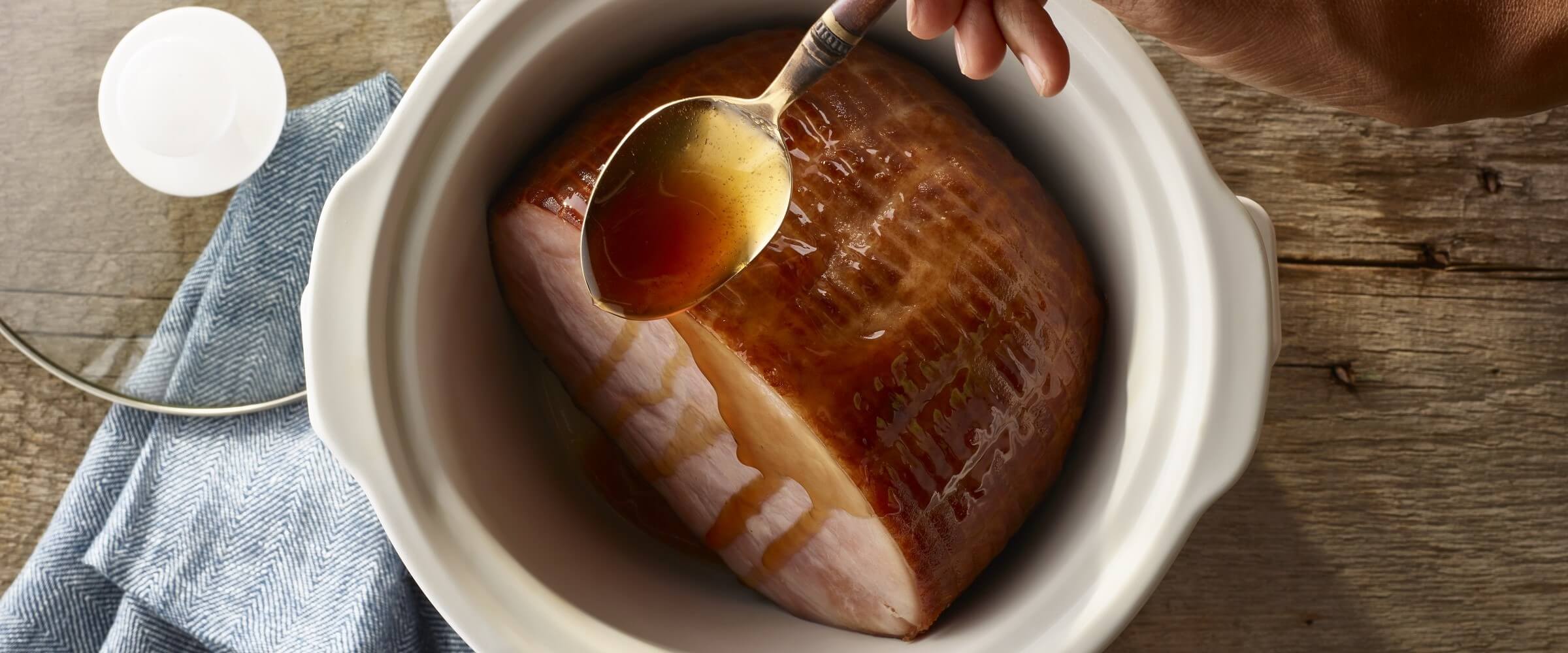Cooking Up Healthy and Delicious Vegetables for Your Little Ones
As parents, we all want our toddlers to eat a balanced and nutritious diet. And what better way to introduce them to the wonderful world of healthy eating than through colorful and tasty vegetables? While it may seem challenging to convince picky eaters to enjoy their greens, preparing vegetables in fun and creative ways can make mealtime a delightful experience for both you and your little one. So, let’s dive into some exciting cooking techniques that will have your toddlers asking for more!
1. Roasting
Roasting vegetables brings out their natural sweetness and adds a lovely caramelized flavor that even the fussiest eaters can’t resist. To start, chop your favorite veggies into bite-sized pieces. Popular choices include carrots, sweet potatoes, bell peppers, and zucchini. Toss them in some olive oil, sprinkle with a pinch of salt and pepper, and spread them out on a baking sheet. Roast in a preheated oven at 400°F for about 20-25 minutes, or until they are tender and slightly crispy. The result is a colorful medley of vegetables that your toddler will love!
2. Steam and Puree
If your toddler prefers a softer texture, steaming and pureeing vegetables is an excellent option. This method helps retain the nutrients while making them easier to digest. Choose vegetables such as broccoli, cauliflower, or peas and steam them until they are tender. Once cooked, transfer them to a blender or food processor and blend until smooth. For added flavor, you can mix in a little unsalted butter or grated cheese. This creamy puree is perfect for introducing new flavors to your little one!
3. Hidden Veggie Recipes
Toddlers can be notorious for avoiding vegetables altogether. So, why not get a little creative and hide them in their favorite foods? From sneaking carrots into muffins to blending spinach into smoothies, there are countless ways to incorporate veggies into meals without your toddler even knowing. You can also grate zucchini or cauliflower into pasta sauce or meatballs for an extra dose of nutrition. These hidden veggie recipes are sure to make your toddler’s taste buds smile!
4. Fun Veggie Shapes
Make mealtime exciting by transforming vegetables into fun shapes that your toddlers will find irresistible. Use cookie cutters to create veggie shapes like stars, hearts, or animals. Carrot coins, cucumber circles, and cherry tomato halves make excellent options for this playful approach. Arrange the shapes on your toddler’s plate and watch as they eagerly gobble up their vibrant and adorable vegetable creations!
5. Dipping Delights
Toddlers love to dip their food, so why not use this to your advantage? Prepare a variety of vegetables like carrot sticks, celery, cherry tomatoes, and cucumber slices. Pair them with homemade dips like hummus, guacamole, or yogurt-based dressings. The combination of crunchy vegetables and flavorful dips will make for a fun and nutritious snack for your little one. It’s a win-win!
Remember, patience is key when introducing vegetables to your toddlers. Keep offering a variety of options, involve them in the cooking process, and set a positive example by enjoying your veggies together. With these creative cooking techniques, you’ll soon have a little veggie lover on your hands!
Was this page helpful?
Read Next: How To Cook Spaghetti With Shrimps
